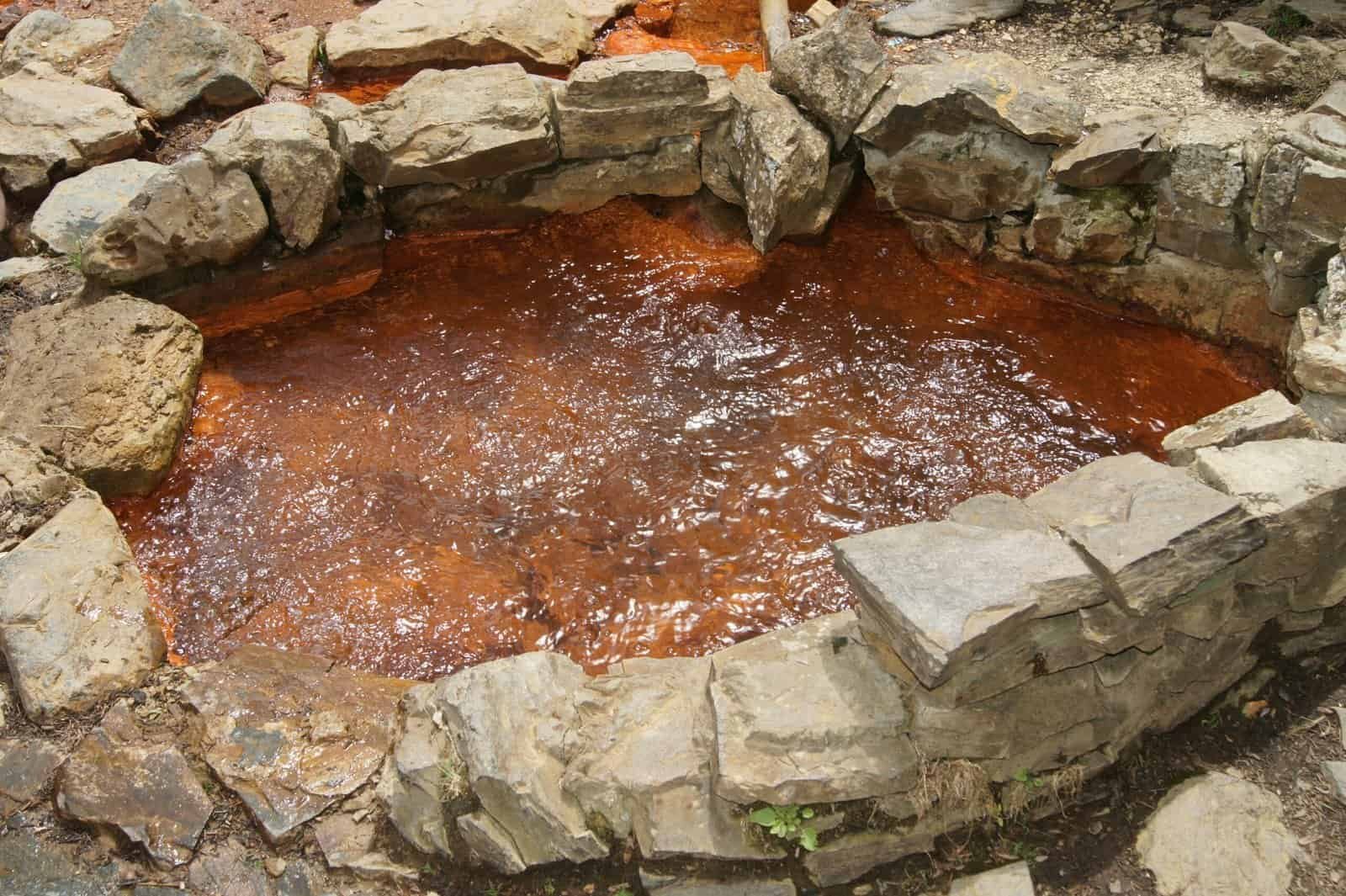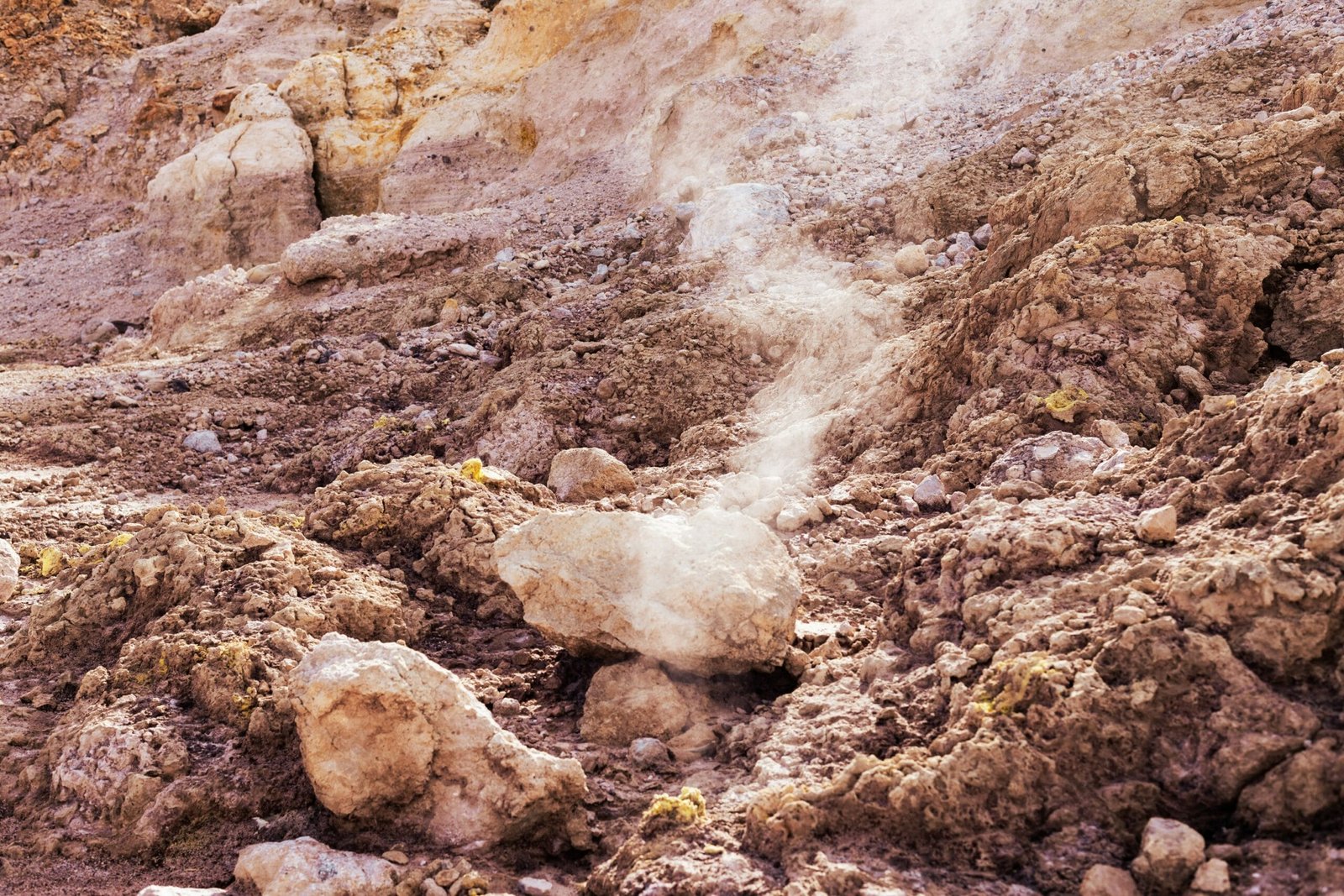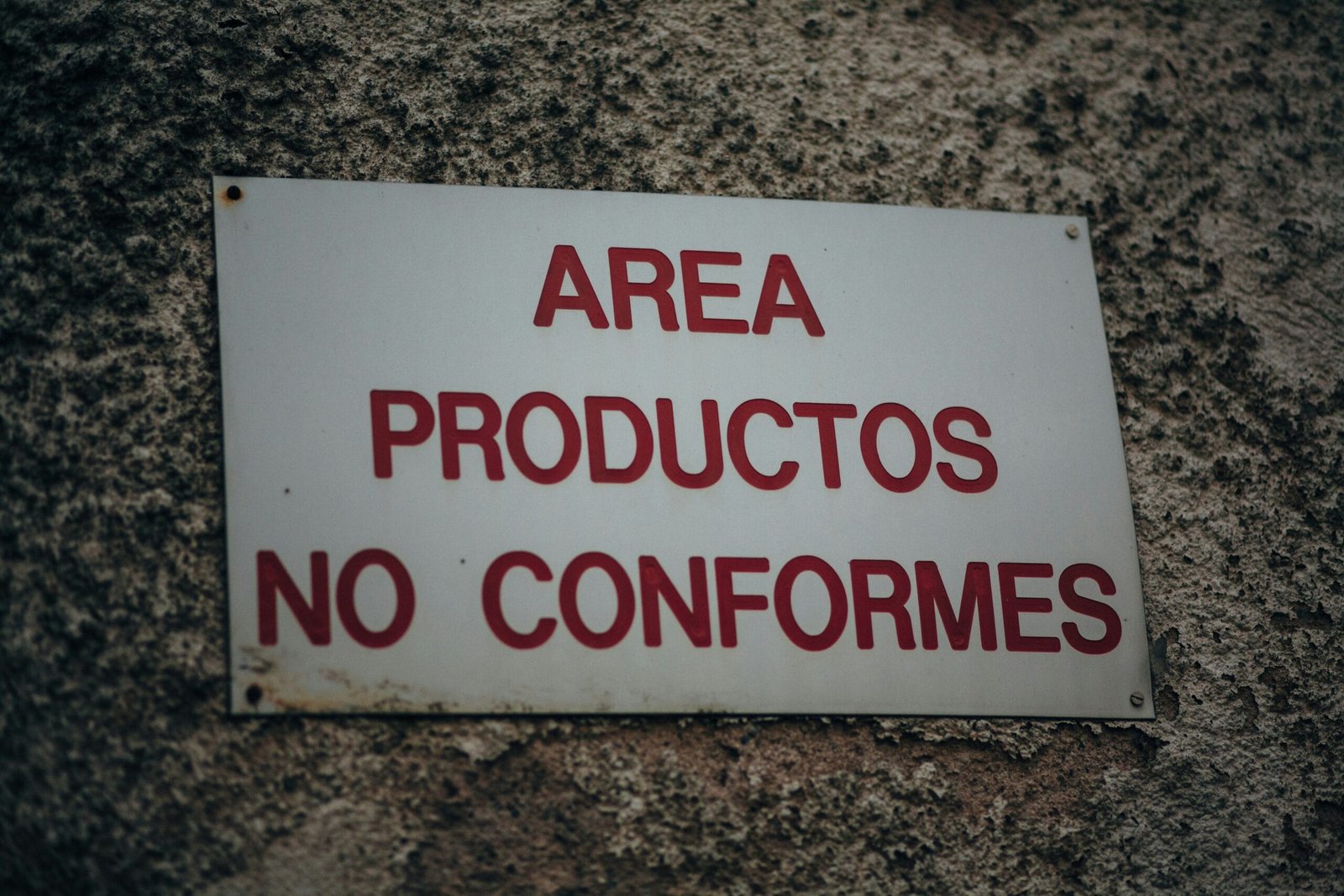Have you ever wondered what lurks beneath the surface of an improperly sealed well cap? This seemingly trivial issue can lead to some very serious problems, not only for your water supply but for the environment and your peace of mind as well. It’s crucial to understand the associated hazards and what you can do to prevent them.
Understanding Well Caps
The Purpose of a Well Cap
A well cap serves a vital function in safeguarding your water supply. It is designed to protect your well from contamination by preventing foreign objects, debris, and pests from entering the well. Moreover, it keeps atmospheric pressure constant within the well, which is crucial for optimal water flow.
Components of a Well Cap
A typical well cap is made of sturdy materials like aluminum or thermoplastic and is bolted or screwed tightly onto the top of the well casing. It generally includes a vented screen to allow gases to escape and ensures that insects or small animals cannot enter.
The Hidden Dangers of an Improperly Sealed Well Cap
Contamination of Water Supply
An improperly sealed well cap can lead to contamination. Microbes, chemicals, and other harmful substances can easily find their way into the well, posing serious health risks. Once these contaminants enter the well system, they can be difficult and costly to remove.
Infestation of Pests
Pests such as insects, rodents, and even snakes might see an unsealed well cap as an entrance to their new favorite habitat. Not only is this a potential health hazard, but it could also result in blockages and malfunctioning of the well system.
Structural Integrity Issues
An improperly sealed well cap can affect the structural integrity of the well. Moisture can seep into the well casing, leading to rust, corrosion, and weakened structures. Over time, this may lead to costly repairs or even the need to drill a new well.

Health and Safety Risks
Waterborne Diseases
Consuming water from a contaminated source can lead to a plethora of health issues, from minor gastrointestinal problems to severe, life-threatening diseases. Bacteria like E. coli and Giardia, which thrive in contaminated environments, are common culprits.
Chemical Exposure
If your well cap is not sealed properly, there’s a risk that chemicals from fertilizers, pesticides, or other industrial substances could leach into your water supply. These chemicals can cause a range of adverse health effects, from acute poisoning to long-term diseases like cancer.
Safeguarding Your Well: How to Prevent Risks
Regular Inspection
Make it a routine to visually inspect your well cap. Look for signs of wear and tear, such as cracks, gaps, or signs of tampering.
Proper Installation
Ensure that your well cap is installed by a certified professional who can guarantee it meets all safety standards. A poorly installed cap can be as hazardous as no cap at all.
Monitoring Water Quality
Test your well water regularly to ensure its quality. If you notice any changes in taste, color, or smell, it’s important to have the water tested immediately.
Upgrading an Old Well: The Safest Way
Steps to Upgrade Your Old Well
Upgrading an old well can be a complex task, but when done properly, it can ensure years of safe water supply. Here’s an overview of how you can go about this:
Assessment and Planning: Consult with a professional to assess the condition of your existing well and discuss your options for upgrades.
Seal Replacement: Replacing or repairing an old well cap with a modern, compliant version is crucial. This may include a sealed, vented, or locking cap as per regulatory requirements.
System Overhaul: Consider upgrading the well pump, wiring, and other components if they are outdated or worn.
Regulatory Compliance: Ensure that all upgrades meet local and state safety and environmental regulations.
Record Maintenance: Keep comprehensive records of any maintenance, testing, and upgrades performed on your well.
Choosing the Right Professional for the Job
Consulting a qualified and reputable well-drilling contractor is essential for a successful upgrade. Look for credentials, customer reviews, and previous experience to make an informed decision.

Modern Solutions for Well Cap Sealing
Advanced Materials and Technologies
Recent advancements have introduced new materials and technologies that make well caps more durable and effective. Consider options like:
Polycarbonate Well Caps: Known for their strength and durability, these caps provide excellent weather resistance.
Integrated Sensors: Some modern well caps include built-in sensors for monitoring pressure and water level, providing real-time alerts if something goes awry.
The Benefits of Locking Well Caps
Locking well caps offer an extra layer of protection, preventing unauthorized access and potential tampering. This is especially important in areas where vandalism or unauthorized entry is a concern.
Environmental Impacts of a Poorly Sealed Well
Groundwater Pollution
Contaminants seeping into an improperly capped well can also leach into the surrounding groundwater, impacting not only your well but those in the vicinity. This can have serious implications for the broader ecosystem.
Increased Carbon Footprint
Frequent repairs and replacements, as well as the need for extensive treatment to rectify contamination, can contribute to a higher carbon footprint. Proper maintenance and sealing can help mitigate this.

Final Thoughts: The Importance of Proper Sealing
When it comes to your well, neglecting proper sealing practices can lead to a cascade of problems affecting both your health and finances. Taking the necessary steps to ensure your well cap is properly sealed is an investment in your safety and peace of mind. Never underestimate the importance of regular maintenance, professional upgrades, and consistent monitoring of your water quality.
Remember, a well-cared-for well is a reliable source of safe, clean water for years to come.

